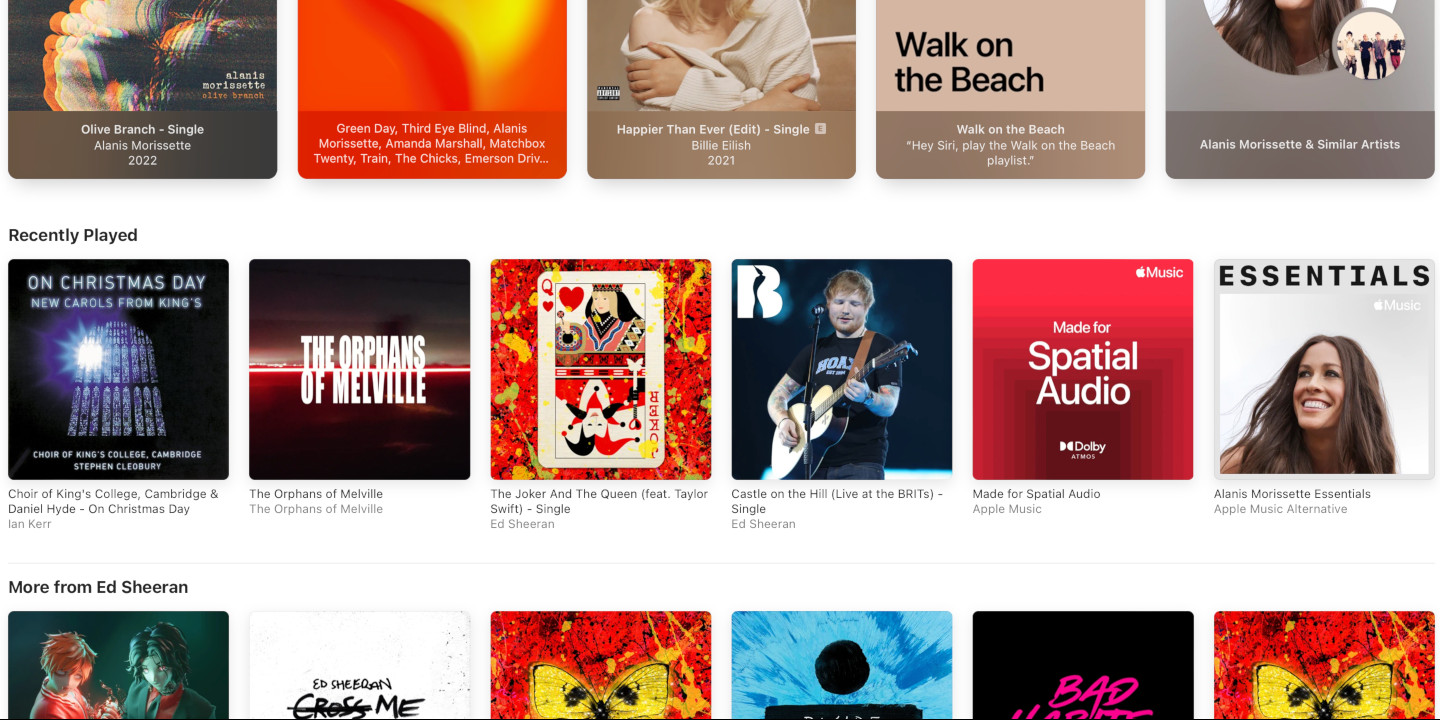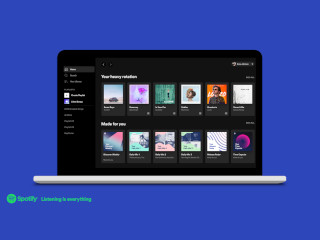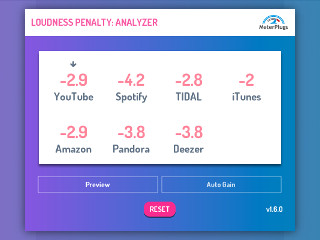We’ve been saying it was coming for years, and it finally happened!
Apple has updated their Sound Check loudness normalization algorithm to use LUFS, and enabled it by default on new iOS devices and Macs. But why is this so important?
In a nutshell, Apple was the last major streaming service not using normalization by default, and not using LUFS. But that has changed recently, meaning that the loudest songs will now be reduced in level by default on YouTube, Spotify, TIDAL, Amazon, and Apple Music, on new devices.
And perhaps more importantly, the results between these services will be much more consistent, because they are all using LUFS. So rather than the situation only a few years ago where there were multiple Distribution Loudness levels and methods of measuring loudness in use, things today are much simpler. All these services now use LUFS, and they’re all normalizing to -14 LUFS, apart from Apple, who are following the AES TD1008 guidelines and normalizing music to -16 LUFS.
Which means it’s much simpler to understand and preview how your music will sound in comparison to everything else on these services - and of course our Loudness Penalty website is fully updated and still free to help you do that.
Things are never quite that simple though, so you also need to be aware of a few devilish details:
Firstly, the move to LUFS currently only applies to the most recent versions of macOS and iOS. On iOS most people stay up to date, so this is less of an issue, but on macOS many people wait longer to update, especially musicians.
If you’re still running macOS Mojave for example, you won’t see LUFS being used for normalization in iTunes at the moment, and you need to be aware of that if you’re testing. This may change in future, but for the time being we’re still displaying both the older “Legacy” Sound Check values and the new LUFS values on the Loudness Penalty website and plugin so that you can check both results. The good news is that for most material the differences won’t be huge, but it’s still something to be aware of.
Secondly, the Apple Music website isn’t yet using normalization, so just as with Spotify and TIDAL’s in-browser players, songs will play at their original loudness.
And thirdly, Sound Check is only enabled by default on new installations of iOS or macOS - so if you currently have it disabled, that won’t change unless you choose to enable it by hand. In the short term this means many people will still be listening on Apple devices without normalization. But over time more and more people will have normalization enabled, so you can master your music with optimal musical dynamics, confident that those decisions will hold up over time.
To see how Apple’s move to LUFS affects your own music, head over to the Loudness Penalty website where you can test for free in the browser, without uploading. Discover both the new LUFS and older Legacy Sound Check values, and Preview the results live.
NB. One final note - at the time of writing there is a known issue with the macOS Music application, which means that Legacy Sound Check values are still being used for downloaded songs. Streamed songs should be using LUFS though, and we can expect this quirk to be fixed in a future update.






